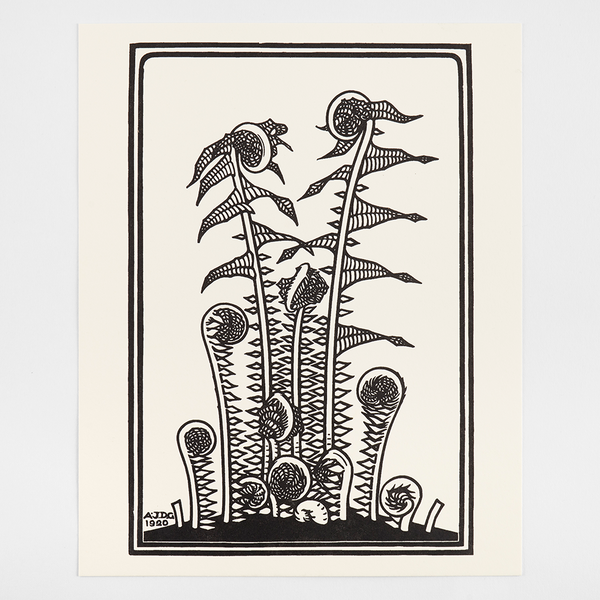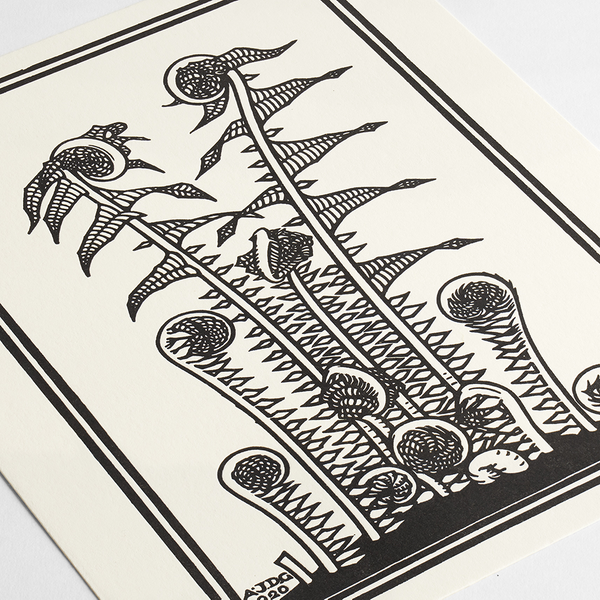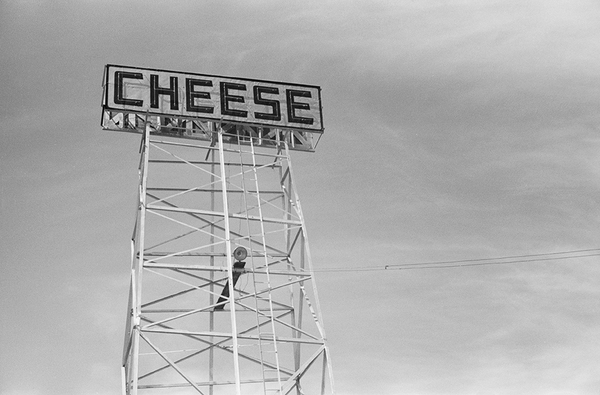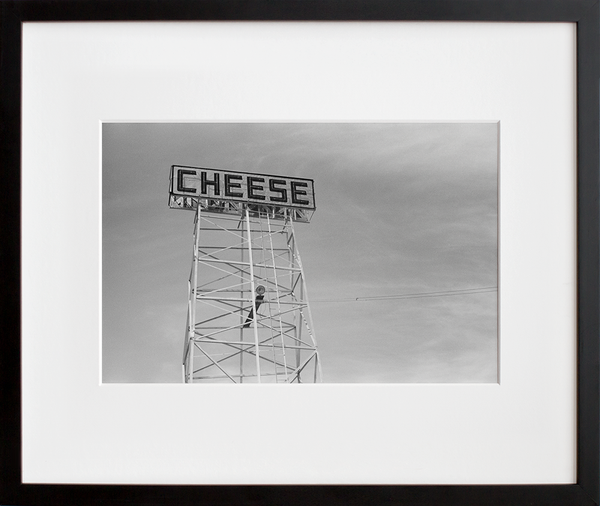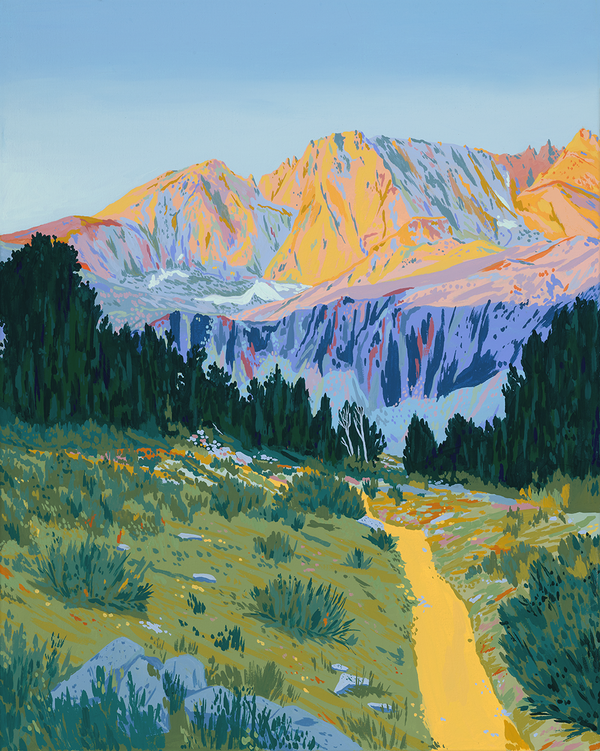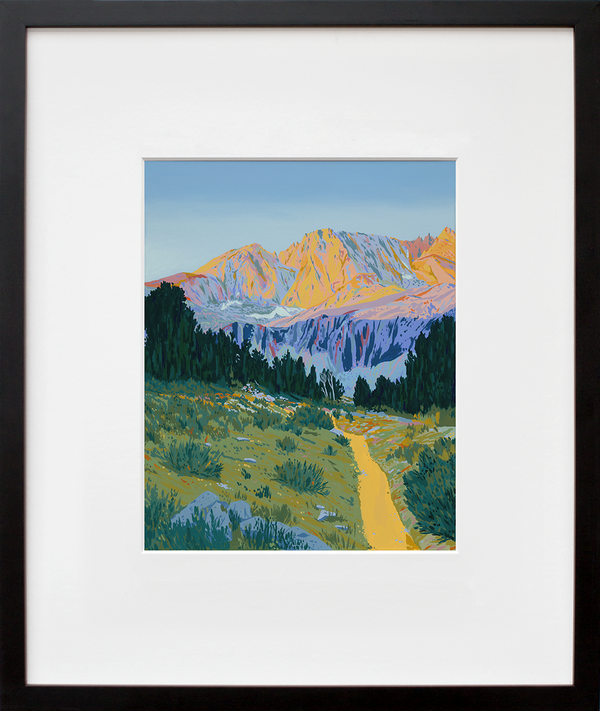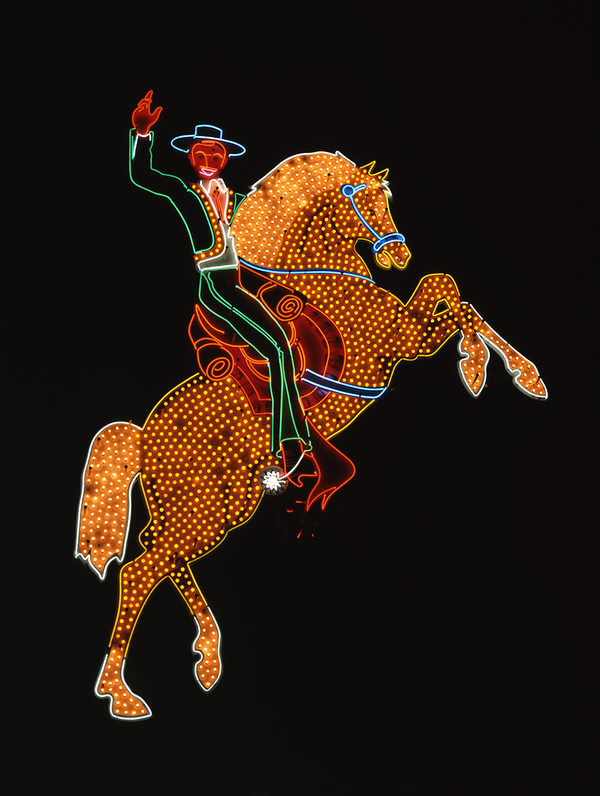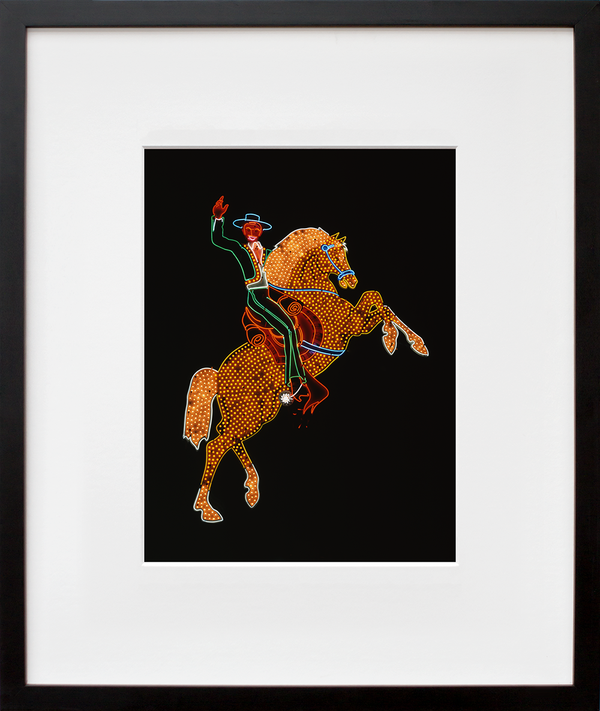
Mirror Lake by Carleton Watkins
10"x8" ($24) | 14"x11" ($60) | 20"x16" ($240) | 24"x20" ($600) | 40"x30" ($1800)
Today's contributor Weston Naef quite literally wrote the book on Carleton Watkins. As the author of Carleton Watkins: The Complete Mammoth Photographs and the Curator Emeritus of the Getty Museum’s Department of Photographs, Weston is an expert in the medium. Throughout his accomplished career, he has been passionate about photography's democratic nature and essential role in modern history. We're incredibly honored that Weston deems what we do here at 20x200 both interesting and important, and we're absolutely thrilled to welcome him as a contributor. — Jen
Think about it: Photography is the only art that can copy itself. Jen Bekman and the folks at 20x200 have successfully harnessed that mysterious feature to achieve high quality reproductions of photographs like Carleton Watkins’ study made in the great Yosemite Valley about the time Abraham Lincoln declared it a national treasure. The newest of 20x200’s carefully chosen Watkins editions is Mirror Lake.
Why is the Mirror Lake picture so special? One reason is that it’s full of illusions. Watkins made the Merced River look like a lake. It’s also a sneaky self-portrait since the geological feature shown in the background is Mount Watkins, the first mountain anywhere named for a photographer. Mirror Lake is also special because Watkins had to be at the spot when the light was perfect and the water was absolutely still, so he could get the inverted reflection of his namesake just right. And finally, it’s special because Watkins turns the world upside down in a very modern way that was far ahead of his time.
Watkins would have been proud of these 20x200 prints of his images, and he was someone who knew how to judge quality as he was an early expert in reproducing photographs. He began photography in the gold rush era around 1849, when the only way to reproduce a daguerreotype was to copy it with a camera because there was no negative and each one was unique like a fingerprint.
Watkins is a good fit with 20x200 because his mission 150 years ago was to make his pictures affordable for all who saw their beauty. Small ones could be had for twenty-five cents, while mammoth-plate prints like Mirror Lake cost five dollars, a sum that would be equal to about $350.00 in today’s money (comparing the cost of gold then and now). What’s a “mammoth-plate” print you may ask? Watkins used a special camera to expose enormous—think 16"x20" in 20x200 sizes, but a bit bigger—hand-sensitized glass plate negatives. Watkins would be smiling in his grave to know that 16”x20” reproductions, close to the size of the original, could be as affordable today as they were when he first sold them in the 1860s.
With art for everyone,
Weston Naef
More About Weston Naef
In 1984, Weston Naef was named founding curator of photographs at the J. Paul Getty Museum. His appointment was simultaneous with the acquisition of a group of stellar collections of photographs among them collections formed by Sam Wagstaff, Arnold Crane, and André Jammes—along with a dozen other American and European pioneer collections of photographs. For twenty-five years before his retirement from the Getty in 2009, Weston Naef guided the growth and publication of the Getty Museum photographs collection, supervising more than 100 exhibitions and 50 publications. Before coming to Los Angeles he was in charge of rare photographs at the Metropolitan Museum of Art. He is the author of numerous books on the history and art of photography, including: The Collection of Alfred Stieglitz: Fifty Pioneers of Modern Photography (Metropolitan Museum of Art), Handbook of the Photographs Collection (Getty Museum), Photographers of Genius at the Getty, and Carleton Watkins: The Complete Mammoth Photographs (with Christine HultLewis). Complete Mammoth Photographs, published by the Getty and weighing in at eight pounds six ounces, was more than twenty years in the making. It was awarded the Kraszna-Krausz prize for best photography book of 2011.




